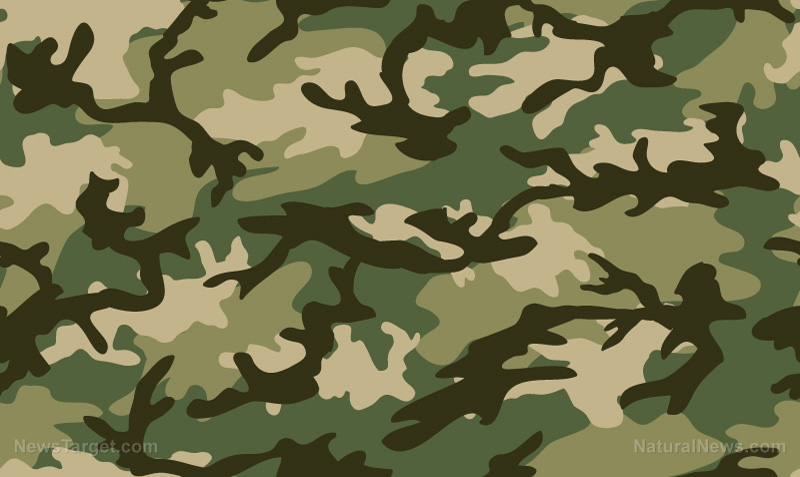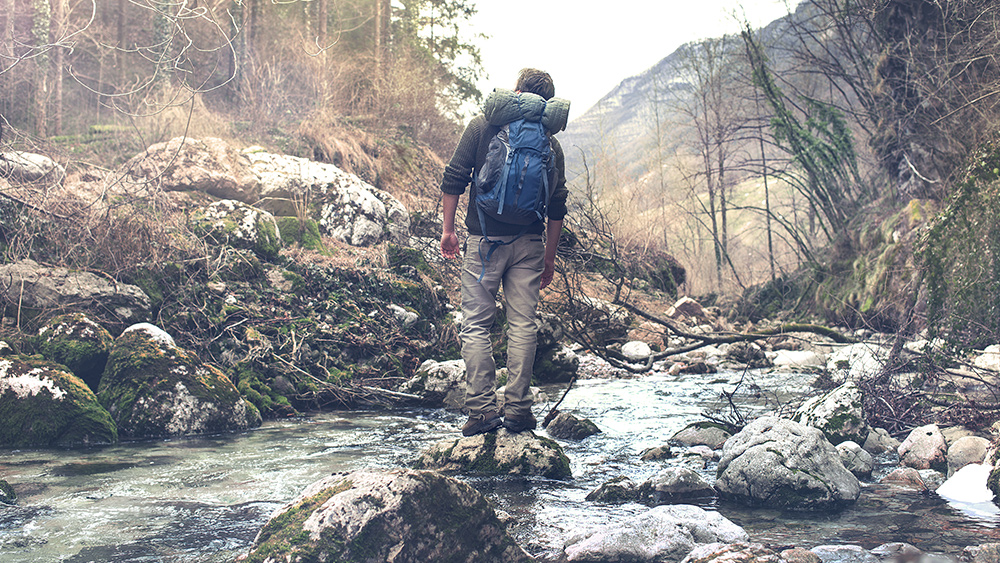
A shelter is crucial for your survival when SHTF. If you are facing outdoor emergencies, a shelter may be even more important than water in the short term. (h/t to TheSurvivalistBlog.net)
If you are stuck outdoors when disaster strikes, a shelter can help protect you from the elements that can kill you within hours in harsh conditions. Without shelter, you may only survive less than a day, even in environments that are considered temperate or pleasant. To ensure that you live through these scenarios, you need to learn how to build a temporary shelter.
Meanwhile, you can go a couple of days without water or weeks without food.
Only air is more important than a shelter
When SHTF, air is the only thing more important than shelter. If you are stranded in a hot or cold environment and you can still breathe freely, prioritize building a shelter. If you are in a location where the climate isn't ideal, your body will struggle to thermoregulate itself.
In warm climates, you can die of hyperthermia or heatstroke if you don't have access to shade and water for hydration. Prevent hyperthermia by taking frequent breaks while taking part in physical activities. Wear cool clothing and drink lots of water to stay hydrated.
In cold climates, you can die of hypothermia very quickly if you get drenched. Even if you are dry, as your body temperature plummets below what is necessary to maintain normal metabolism, you can still die of hypothermia.
A shelter will help you stay warm
A shelter can help you stay warm in cold environments in several ways. First, it will keep the wind from having a pronounced effect on you. It can even prevent the wind from reaching you entirely. Even a gentle breeze in cold weather can quickly strip heat away from your body.
Human knowledge is under attack! Governments and powerful corporations are using censorship to wipe out humanity's knowledge base about nutrition, herbs, self-reliance, natural immunity, food production, preparedness and much more. We are preserving human knowledge using AI technology while building the infrastructure of human freedom. Speak freely without censorship at the new decentralized, blockchain-power Brighteon.io. Explore our free, downloadable generative AI tools at Brighteon.AI. Support our efforts to build the infrastructure of human freedom by shopping at HealthRangerStore.com, featuring lab-tested, certified organic, non-GMO foods and nutritional solutions.
Second, a properly designed cold weather shelter will help trap air in a small volume around your body. This helps create a microclimate that will be warmer than the outside air. (Related: Heat, shelter and survival: 22 Winter safety tips for preppers.)
You can stay warm inside your shelter even if the weather outside is cold if you have weather-appropriate clothing, a sleeping bag and a campfire.
Since cold weather is disproportionately responsible for exposure deaths, if you are heading to or living in a cold weather environment or in an environment where nighttime temperatures can drop very low, practice building cold weather shelters using different materials in your survival kit and using materials around you.
A shelter protects you from the sun
Hot weather brings its own challenges to survival, and you will need shelter to protect yourself from the effects of too much sun. If your body temperature climbs too high and stays there for too long, arid climates can increase your risk of heat stroke, which can be just as fatal as hypothermia.
Aside from staying hydrated, if you find yourself in a warm environment you should avoid working or exerting yourself in the hottest part of the day and avoiding direct sunlight.
To shelter yourself from the sun, erect something that will provide shade. Note that the larger an area of the ground that you can shade, the better cooling you will get over time.
Any shelter that is dug into the ground will quickly run into a cooler substrate.
A shelter will protect you from rain, wind and dust
Aside from direct protection from the climate, a good survival shelter will also protect you from rain or snow, wind and windblown dust. Any of these weather events can spell trouble regardless of the environment.
If you were already very hot, being drenched by a sudden downpour could cause problems in a survival scenario. Getting wet and then being exposed to cooler temperatures, particularly when it is already windy, may cause severe hypothermia.
This is one reason why you don’t want snow accumulating on you while you are taking a break.
The wind itself will also pull heat out of your body. Strong winds can also chap exposed, sensitive skin. Note that it's not the wind blowing, but rather what the wind is blowing, that can cause irritation most of the time.
Windblown dust, ash and other fine particulate debris can prove to be a significant annoyance and a hazard. With a sturdy shelter, you can avoid all of these things or at least provide you with a bit of relief for them.
A shelter will give you a place to rest
Taking a break is crucial when you are exerting your body during a survival scenario. Even a simple lean-to can help protect you from the intense heat as you rest while bugging out.
Do whatever you can to improve your body's ability to thermoregulate itself and get more comfortable under the circumstances for better sleep, or at least more recuperative rest.
Between the environment and everything that is affecting your body, sleep might be impossible or nearly impossible under difficult circumstances. While a simple dugout or a lean-to shelter might not seem that helpful, it will make a difference if it's raining outdoors after disaster strikes.
With a sturdy shelter, you can stay warmer when it is cold and cooler when it is hot. Shelter will also provide a measure of protection against various weather conditions.
Watch the video below for tips on how to set up a makeshift shelter using your poncho.
This video is from the Cahlen channel on Brighteon.com.
More related stories:
Even regular people are now constructing bunkers due to fears of a nuclear war.
Fortitude Ranch: A vacation resort that turns into a survival community when SHTF.
8 Pillars of the survival protocol that every prepper needs to master.
Sources include:
Please contact us for more information.




















